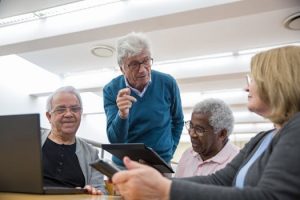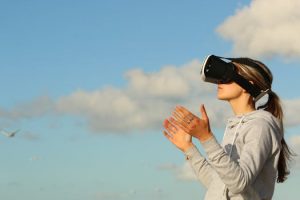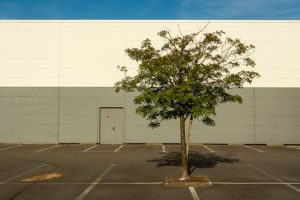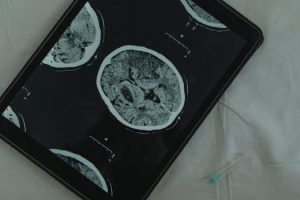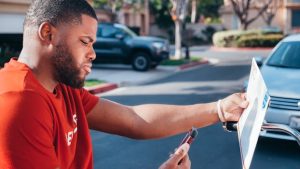Regenerative Educational Practices
The traditional education system has long been criticized for its one-size-fits-all approach, stifling creativity, and failing to prepare students for the real world. However, there has been a growing movement towards a more holistic and sustainable approach to education – regenerative educational practices. This approach focuses on creating a learning environment that not only equips students with academic knowledge but also teaches them valuable life skills and encourages them to become conscious and active members of society. In this article, we will explore what regenerative educational practices are and how they are shaping the future of education.
What are Regenerative Educational Practices?
Regenerative educational practices go beyond the traditional concept of education as the imparting of knowledge and skills. Instead, they focus on nurturing and developing the whole person, including their physical, emotional, social, and spiritual well-being. This approach recognizes the interconnectedness of all aspects of life and seeks to create a more sustainable and regenerative future.
Personalized Learning
In contrast to the traditional one-size-fits-all approach, regenerative educational practices prioritize personalized learning. This means tailoring the education experience to meet the unique needs, interests, and learning styles of each individual student. This individualized approach not only allows students to learn at their own pace but also fosters a deeper understanding and retention of knowledge.
Interdisciplinary Learning
Another key aspect of regenerative educational practices is the integration of various disciplines and subjects. By breaking down the silos between subjects, students are able to see the connections between different areas of study and gain a more holistic understanding of the world. This encourages creativity, critical thinking, and problem-solving skills, which are essential for success in the real world.
Real-World Application
One of the most significant differences between traditional education and regenerative educational practices is the focus on real-world application. Instead of solely focusing on academic knowledge, regenerative education teaches students how to apply their knowledge and skills to real-life situations. This not only prepares students for future careers but also teaches them valuable life skills such as collaboration, adaptability, and resilience.
The Benefits of Regenerative Educational Practices
There are numerous benefits to adopting regenerative educational practices in schools. Here are just a few:
Empowered Students
By prioritizing personalized learning and real-world application, students are empowered to take charge of their own learning and become active participants in their education. This helps build confidence and self-awareness, leading to more well-rounded individuals.
Sustainable and Regenerative Future
Regenerative educational practices aim to create a more sustainable and regenerative future by teaching students about the interconnectedness of all living things and the impact of their actions. This creates a more conscious and responsible generation who are equipped with the skills to make a positive impact on the world.
Higher Engagement and Retention Rates
By tailoring the education experience to each student and incorporating real-world application, regenerative educational practices can significantly increase student engagement and retention rates. This means students are more likely to be motivated to learn and retain the knowledge they have gained.
Incorporating Regenerative Educational Practices in Schools
While the traditional education system is deeply ingrained in our society, more and more schools are shifting towards regenerative educational practices. Here are a few ways schools can incorporate these practices:
Teacher Training
Teachers play a crucial role in implementing regenerative educational practices. Therefore, it is vital to provide them with the necessary training to understand and implement these practices effectively.
Innovative Teaching Methods
Regenerative educational practices require a departure from the traditional lecture-based teaching model. Instead, schools can incorporate more interactive and experiential learning activities such as project-based learning, outdoor education, and student-led discussions.
Community Partnerships
Collaborating with local organizations and businesses can provide students with opportunities to apply their knowledge and skills in real-world settings. This also helps to foster a sense of community and social responsibility.
Conclusion
Incorporating regenerative educational practices in schools can have a profound impact on students, communities, and the world at large. By prioritizing personalized learning, interdisciplinary studies, and real-world application, we can create a more holistic and sustainable approach to education. It’s time to rethink the traditional education system and embrace a more regenerative future.


